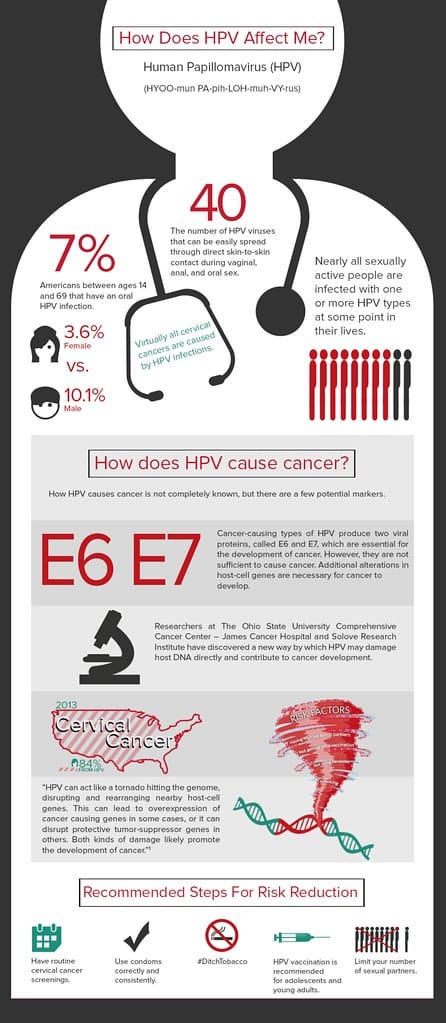Cancer Death Rates Plummet 33% Since 1990s: How Prevention Revolution Saved Millions of Lives
Cancer death rates in the United States have dropped by an unprecedented one-third since the 1990s, marking one of the most significant public health victories in modern American history. This dramatic decline represents approximately 4 million lives saved and signals a fundamental shift in how the nation approaches cancer prevention, early detection, and treatment.
The Numbers Tell a Remarkable Story
According to the latest data from the American Cancer Society, the cancer death rate has fallen from its peak in 1991 by 33% through 2020. This translates to a steady annual decline of approximately 1.5%, with the pace of improvement accelerating in recent years. The statistics are particularly striking when considering that the U.S. population has grown significantly during this period, yet fewer Americans are dying from cancer than ever before.
The decline hasn't been uniform across all cancer types. Lung cancer deaths have dropped by more than 50% among men and 30% among women since their respective peaks. Breast cancer mortality has fallen by 40%, while colorectal cancer deaths have decreased by more than 50%. These improvements have occurred despite an aging population that would typically see increased cancer incidence.
Prevention Takes Center Stage
The dramatic improvement in cancer outcomes stems largely from a comprehensive approach to prevention that gained momentum in the 1990s. The most significant factor has been the sustained decline in smoking rates, which peaked in the 1960s and have fallen consistently since then. Today, fewer than 11% of American adults smoke, compared to over 42% in the 1960s.
"The anti-smoking campaigns of the past three decades represent one of the most successful public health interventions in history," explains Dr. Rebecca Siegel, scientific director of surveillance research at the American Cancer Society. "Lung cancer was the leading cause of cancer death, and we've seen remarkable progress as smoking rates declined."
Early Detection Revolution
Equally important has been the expansion of screening programs for major cancers. Mammography screening for breast cancer became widely adopted in the 1990s, allowing for earlier detection when treatment is most effective. Similarly, colonoscopy screening for colorectal cancer has become routine for adults over 50, catching precancerous polyps before they develop into full-blown cancer.
The implementation of Pap smears for cervical cancer screening has been particularly successful, with cervical cancer deaths dropping by more than 70% since the 1990s. These screening programs have been supported by improved insurance coverage, including provisions in the Affordable Care Act that eliminated co-pays for preventive services.
Treatment Advances Drive Outcomes
While prevention and early detection deserve much of the credit, advances in cancer treatment have also contributed significantly to improved survival rates. The development of targeted therapies, immunotherapy, and precision medicine has revolutionized treatment for many cancer types.
For example, the introduction of Herceptin for HER2-positive breast cancer and imatinib (Gleevec) for chronic myeloid leukemia has transformed previously fatal diagnoses into manageable conditions. More recently, checkpoint inhibitors and CAR-T cell therapy have shown remarkable results in treating previously intractable cancers.
Persistent Challenges and Disparities
Despite these encouraging trends, significant challenges remain. Cancer death rates continue to vary dramatically by race, ethnicity, and socioeconomic status. African Americans experience higher death rates for most major cancers, while rural populations often face barriers to accessing screening and treatment services.
Additionally, some cancers have seen less dramatic improvements. Pancreatic cancer remains one of the deadliest forms of the disease, with five-year survival rates still below 10%. Brain cancer, liver cancer, and certain blood cancers also continue to pose significant challenges.
Looking Forward: Building on Success
The success in reducing cancer deaths provides a roadmap for continued progress. Public health experts emphasize the need to maintain momentum in tobacco control, expand access to screening programs, and address health disparities that prevent all Americans from benefiting equally from medical advances.
Emerging technologies like liquid biopsies, which can detect cancer DNA in blood samples, promise to make screening even more accessible and effective. Meanwhile, continued investment in research and the development of new targeted therapies offers hope for tackling the most challenging cancers.
The Bottom Line
The 33% reduction in cancer death rates since the 1990s represents a triumph of sustained public health efforts, medical innovation, and policy changes. This achievement demonstrates that coordinated prevention efforts, early detection programs, and treatment advances can overcome even the most formidable health challenges. As the fight against cancer continues, these lessons provide both inspiration and a proven strategy for saving even more lives in the decades ahead.
